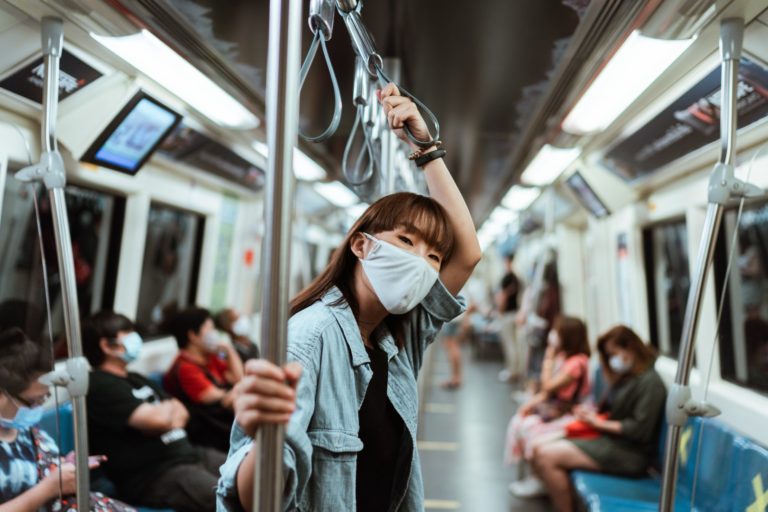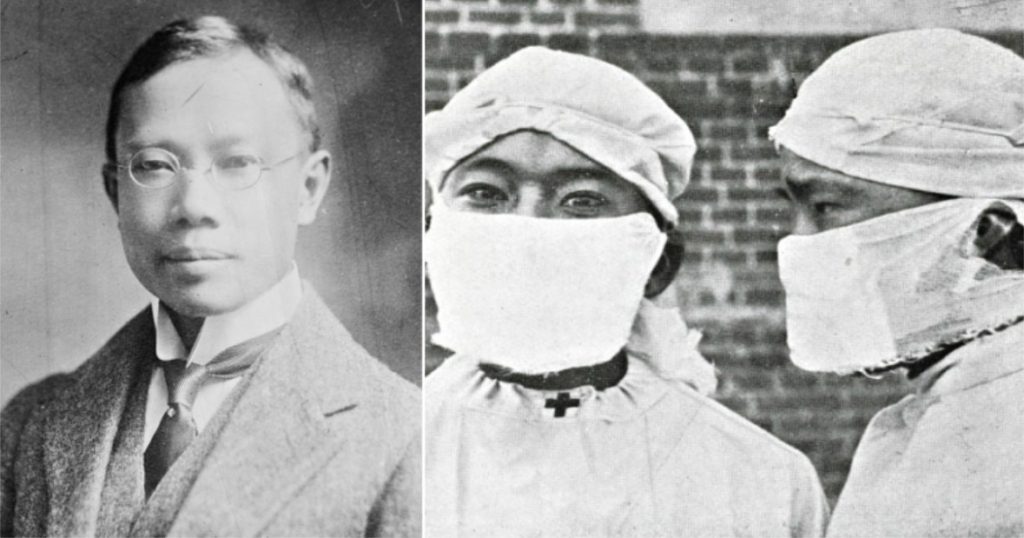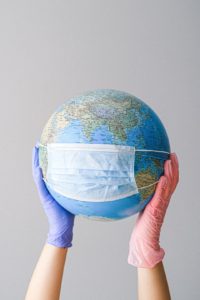Importance of Mask


What Do You Know About Mask?:
Mask has been long used by several cultures around the world such as religious rituals, war, sports, hunting, ceremonies, identity hiding, therapies, power expression, arts, dramas, fashion ornaments and functional purposes.
Looking back to history, the first mask was discovered some 9000 years ago. The “Mask” word in English first appeared in the 1500s.
Our focus here is more towards functional mask is used especially in the prevention of inhaling in pollution and disease control. The earliest known functional mask was used some 2000 years ago in ancient Rome. It’s made of an animal- bladder to filter dust and particles. The prototype of N95 masks was developed by Wu Lian Teh a Cambridge trained medical doctor from Malaya in the early 1900s. He made a facial covering with tie loops out of gauze wrapped in cotton. His ingenious simple yet cost-effective respiratory covering prevented many from pollutants and diseases until today. This earned him a Nobel Prize nominee for medicine in 1935.

Dr. Wu & his prototype mask
Is the mask truly effective to prevent airborne diseases?
Today there are many schools of thought about the usage of a mask for disease prevention. Many are still skeptical about wearing a mask. It seems that it will not prevent them from getting an infection. To some, the usage of a mask will violate their human rights to breathe freely.
The World Health Organization initially recommends mask-wearing, should one have symptoms of respiratory infections eg. coughing, running nose and fever. This is to prevent cough and sneeze droplets which contain bacteria and viruses from spreading to another person. The mask will contain most droplets within the inner mask and can be disposed of.
There’re no wrong or right in terms when it comes to wearing a mask, whether it will prevent one from getting an infection. There are no perfect masks in the market that can filter or contain pollutants and microbes 100%. However, research indicated that by wearing a mask, the risk of infections will be much lower compared to those without.
The N95 mask is a good mask which is highly recommended for occupational hazards and disease preventions. But there are isolated cases of death due to wearing N95. It may even cause accidents due to insufficient oxygen intake. With prolonged usage of the N95 mask may result in hypercapnia and hypooxygenamia, conditions, where the ability to make correct decisions and working efficiency will be affected. Therefore, the N95 are not recommended for prolonged use.
Surgical masks are the commonly used mask today. There were acute shortages of supplies around the world during the Covid-19 pandemic and the SARS epidemic in 2002. A 3 ply surgical mask is not suitable for environmental haze, smog and dust even though it can filter up to less than 1 micron of a particle due to the non-woven material it’s made from. Due to the nature of the build, the surgical mask is meant to prevent biological droplets from getting into our respiratory system either from one to another person. As long as there are contaminated airborne droplets, a surgical mask should be used.
In terms of environmental pollution hazards eg. factory smog, car exhaust fumes, burning haze etc., a proper mask like N95 or a fabric mask with PM 2.5 is highly recommended. These masks can filter up to less than 2.5 microns of airborne particles. N95 means that the masks can filter up to 95% of airborne particles, while the PM 2.5 can contain particles up to 2.5 particulate matter or microns.
What is the surgical mask made of?
Surgical masks are commonly made of non-woven polypropylene fabric. In layman’s terms, polypropylene is plastic in a form of synthetic fabric. It’s cheap and light to use. It comes in a few layers of presentation 1, 2, 3 and 4 plies. The 3 plies are among the most used during the pandemic.

Is surgical mask environmental and skin-friendly?
Surgical mask impacts’ the environment. As polypropylene takes at least 400 – 500 years to breakdown, our already contaminated world will be filled with more plastics. Polypropylene can also cause skin irritation especially it’s worn on the face. The skin on our face is quite sensitive.

Can fabric mask safe to be worn for the prevention of diseases?
To a certain extend fabric mask can help to prevent certain bacteria and fungi infections. There is also a fabric mask that is treated with some chemicals to kill bacteria and viruses. However, these masks are quite costly and the life cycle is not very long. You need to change it regularly or the treated chemical on the fabric will thin off.
W.H.O recommends fabric masks or non-medical to be made of at least 3 layers of fabric. The recommended material should be made of hydrophobic materials polyester or polypropylene for the front. The middle layer should be also a hydrophobic material like non-woven polypropylene or cotton that will retain droplets. While the third layer should be made of hydrophilic materials like cotton or cotton blends. These fabric masks provide the most basic for protection against environmental pollution and diseases. It’s more environmentally friendly except for the polyester and polypropylene layers. However, you don’t need to dispose of the mask as much as their surgical mask substitutes. It’s washable as many times as possible. Some fabric mask even comes with optional filters to provide extra protection. Overall, it’s friendlier to nature and costs lesser in the long run. Fabric masks that adhere to W.H.O guidelines are safe to be worn in the general public as basic protection, but it’s not for recommended for healthcare workers and pandemic front liners.


